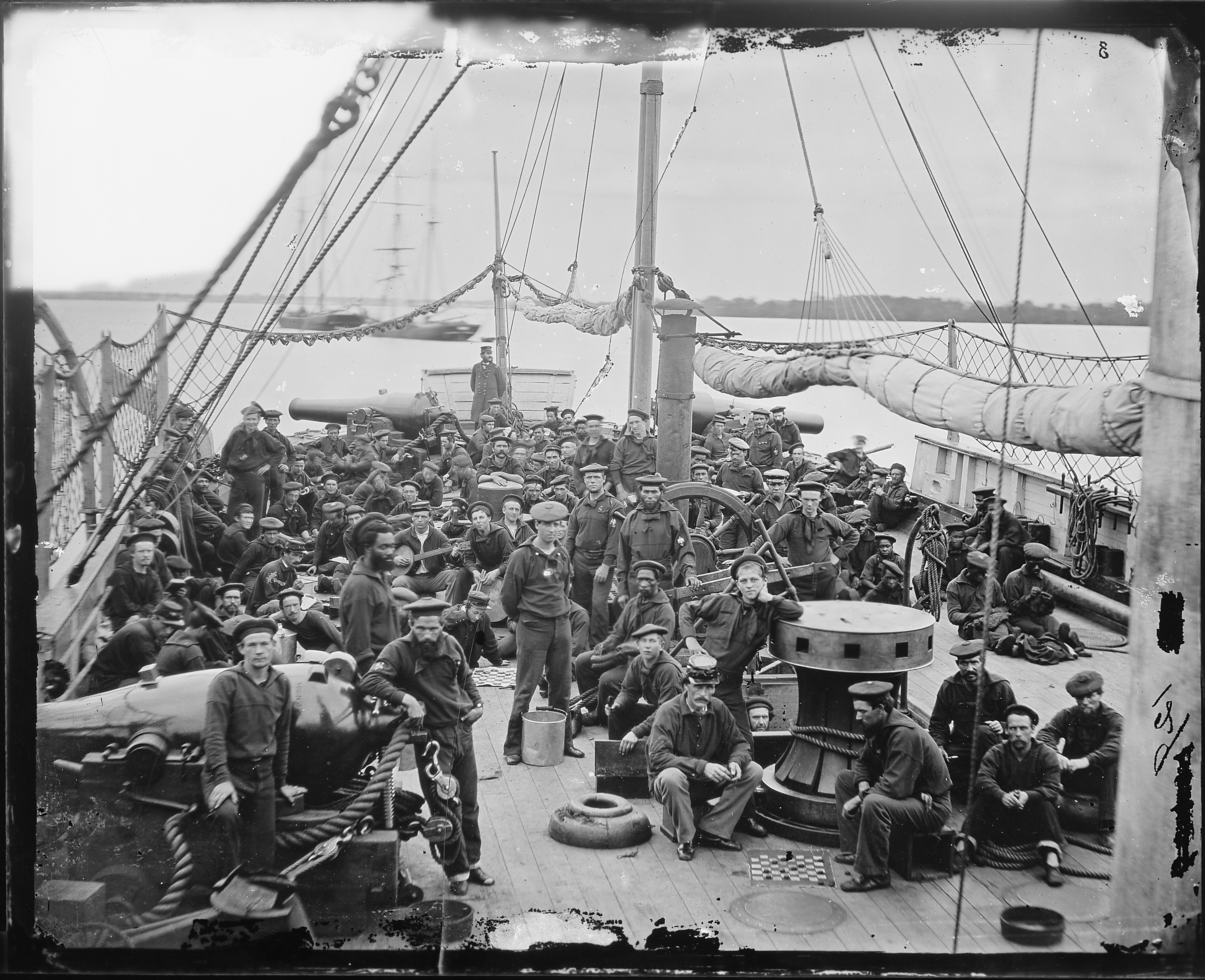

In the 1850s, several innovations in cannon construction enabled the military to build bigger, more accurate, and longer-ranged guns. Major artillery developments caused further change to warships. Unlike sailing ships, whose movement relied heavily on the wind’s power and direction, “steamers” could more easily return upriver after transporting goods to port or continue a journey with weak or adverse winds. By burning coal, paddlewheel or propeller-driven steamships achieved an unprecedented freedom of movement. Steam engines had existed before the nineteenth century, but Robert Fulton built the first steam-powered warship in 1815 for the US Navy. The first of these changes was the introduction of steam power. David Farragut at the Battle of Mobile Bay The screw sloop USS Hartford – flagship of Adm. In the words of one historian, a British captain who fought the Spanish Armada in 1588 "would have been more at home in the typical war-ship of 1840, than the average captain of 1840 could have been.in the advanced types of the Civil War."

In the decade before the Civil War, however, major developments in naval technology – particularly in propulsion and artillery – forever changed the face of naval warfare. Conflicts in the “Age of Sail” were fought by wooden, sail-driven ships carrying as many cannon as possible, which would generally pummel each other until one of them became so damaged that it could not keep up the fight. USS Constitution defeating HMS Guerriere in the War of 1812įor centuries before the Civil War, large naval battles had not changed dramatically. Saved Land Browse Interactive Map View active campaigns.Stop the Largest Rezoning in Orange County History.



 0 kommentar(er)
0 kommentar(er)
